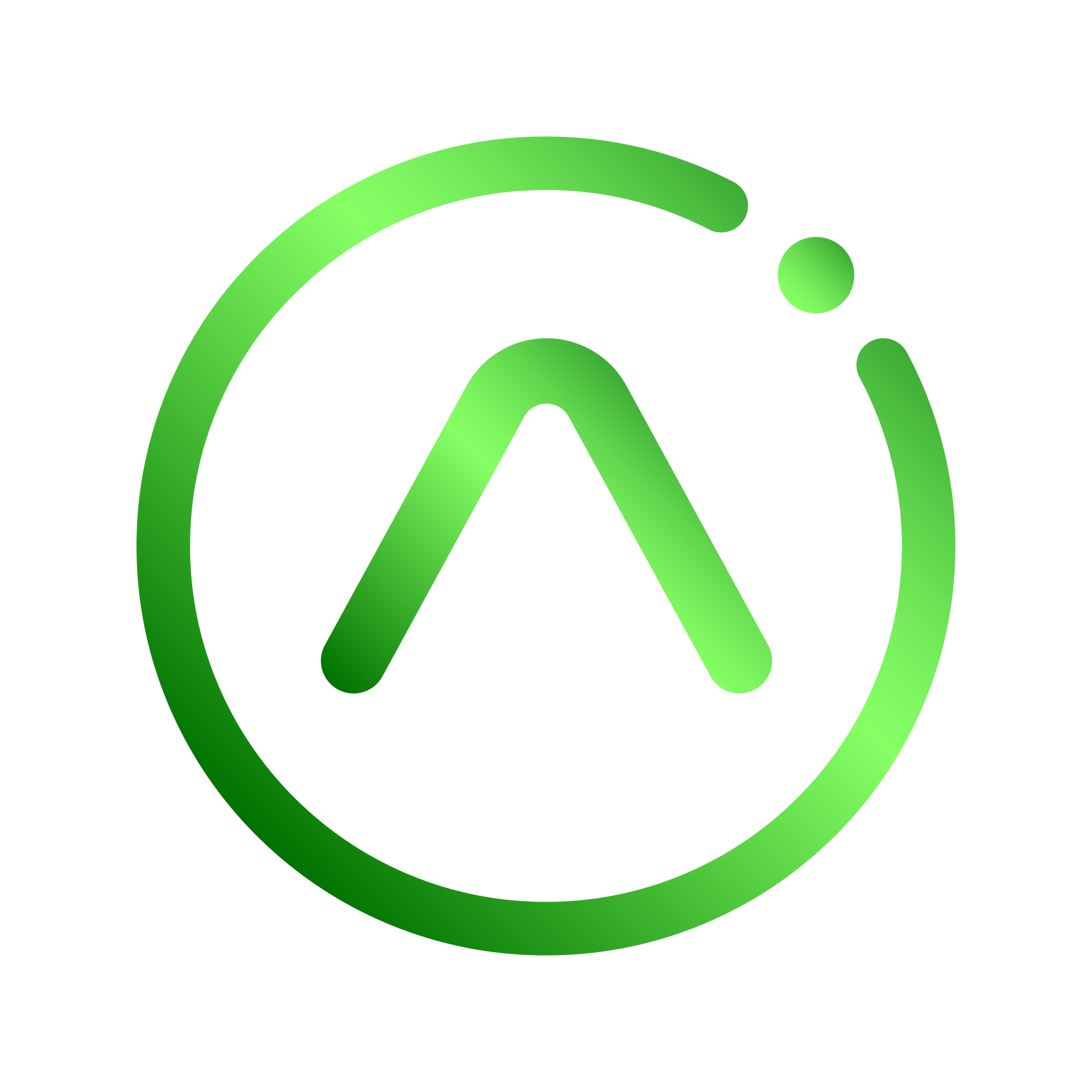NQF Level:
Credits:
Minimum Duration:
Faculty:
Department:
Accreditation Authority:
Why Choose This Qualification?
Admission Requirements.
- An NQF Level 4 qualification or equivalent.
- Relevant industry experience may qualify through Recognition of Prior Learning (RPL).
Qualification Structure.
- Skills Program 1: Computer Applications (e.g., Adobe Photoshop, Autodesk 3ds Max).
- Skills Program 2: Communication and Research (e.g., material selection, design project planning).
- Skills Program 3: Design Production (e.g., specifications, concept realisation).
- Skills Program 4: Design Management (e.g., project planning, marketing communications).
Learning Outcomes.
- Source and utilise research information in design fields.
- Produce design products meeting project requirements.
- Manage business processes relevant to the design industry.
International Comparability.
Qualification Modes of Delivery and Support.
- Contact Learning: In-person classes.
- Blended Learning: Online and face-to-face sessions.
- Distance Learning: Self-paced study.
Career Opportunities.
- Design Technician
- Assistant Designer
- Digital Layout Artist
- Model/Prototype Maker
- Visual Merchandising Assistant
Articulation Options.
- Horizontal: National Certificate: Management (NQF Level 3).
- Vertical: Further Education and Training Certificate in IT: Technical Support (NQF Level 4).
- Diagonal: Further Education and Training Certificate: Project Management (NQF Level 4).
Ensure Compliance, Empower Financial Accuracy.
With the Occupational Certificate in Tax Technology, you’re not just earning a qualification—you’re stepping into a crucial role in maintaining tax compliance and supporting financial accuracy. Gain the expertise to manage tax calculations, ensure VAT and payroll compliance, and navigate complex tax regulations with confidence.
Don’t wait to become an essential part of the financial sector.
Enroll today and build a career where you secure financial integrity and guide clients with precision!




